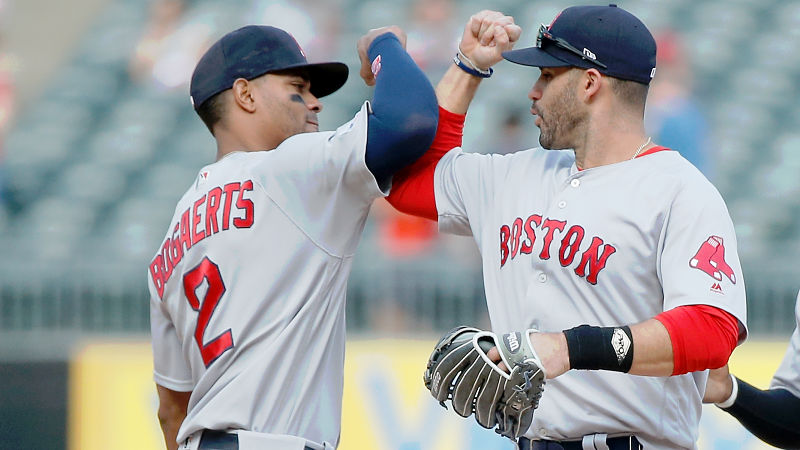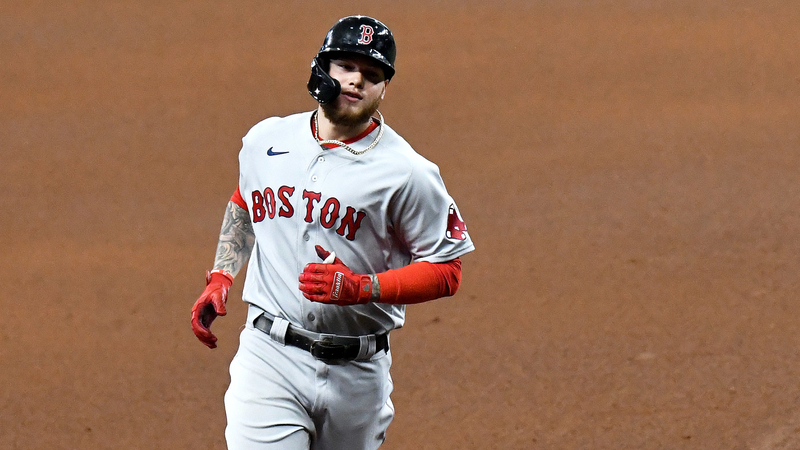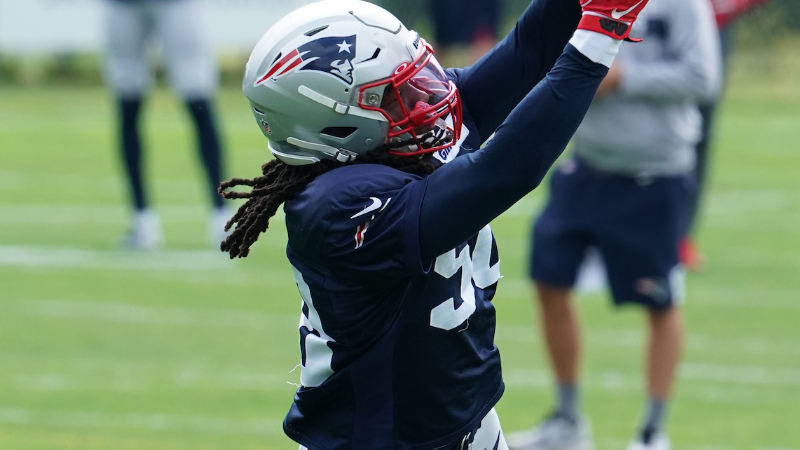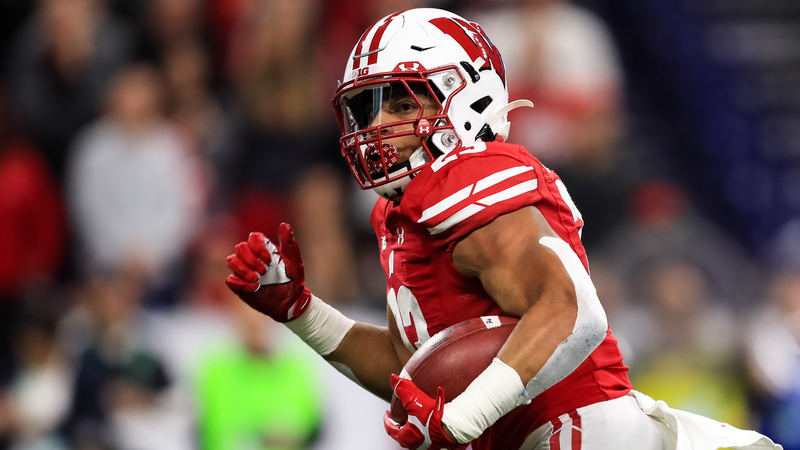Think about this for a second: the Major League Baseball trade deadline is exactly one month from Friday.
Crazy, right?
The 2020 season just started, with the first games being played July 23, yet clubs soon will need to decide whether to make a splash, either in hopes of contending for this year’s World Series or with an eye toward the future.
It’s not all black and white, though. There’s a middle ground, where a team might consider adding both win-now pieces and players who will help down the road.
The Red Sox, who entered Thursday with a 2-4 record, could find themselves somewhere in that gray area, for this season is inherently wacky thanks to the 60-game regular season and Boston chief baseball officer Chaim Bloom is committed to building a sustainable contender.
“I think, obviously, there’s so many things we’re trying to wrap our minds around with the 60-game season — this season, obviously, every game you play ticks off a lot more of the season than you’re used to it doing,” Bloom said Thursday on WEEI’s “The Greg Hill Show.” “We’ve played six games so far and we’re already talking about a tenth of the season being gone. At the same time, a baseball game is still a baseball game, and it’s not necessarily telling you any more than you would know from six games in a 162-game season. It just means that there’s a lot less of the schedule remaining. We also have an expanded playoff field to factor in, which I think just adds variance and gives everybody a much better chance. I think that there’s a lot of different things to consider.
“Look, if we have something that’s an opportunity to set us up well, that’s consistent with the way we’ve approached this really since the fall. We want to win in 2020. We cannot discard the future. And if something’s going to help us in ’21 or ’22 or ’23 or ’24, it’d be irresponsible of us not to consider something like that. But I don’t think that we’re approaching this right now with a singular mindset one way or the other. We want to compete right now, and we need to make sure we’re looking at opportunities in the big picture, as well.”
More Red Sox: Is Mike Foltynewicz The Next Target In Boston’s Quest To Fix Rotation?
Traditionally, teams fall into two major categories around the trade deadline: buyers and sellers. The aforementioned in-between territory has become an increasingly popular place of residence in recent years, however, as some front offices can’t stomach the idea of parting ways with prospects for rentals or aging veterans with limited club control.
Bloom was brought in over the offseason to help rebuild Boston’s farm system and make prudent personnel decisions that’ll ensure the Red Sox remain competitive year in and year out. It’s possible most of his heavy lifting will be done in the offseason, but the Aug. 31 trade deadline still represents an avenue worth exploring, even if this year’s midseason cutoff yields fewer notable moves than usual amid the coronavirus pandemic.






